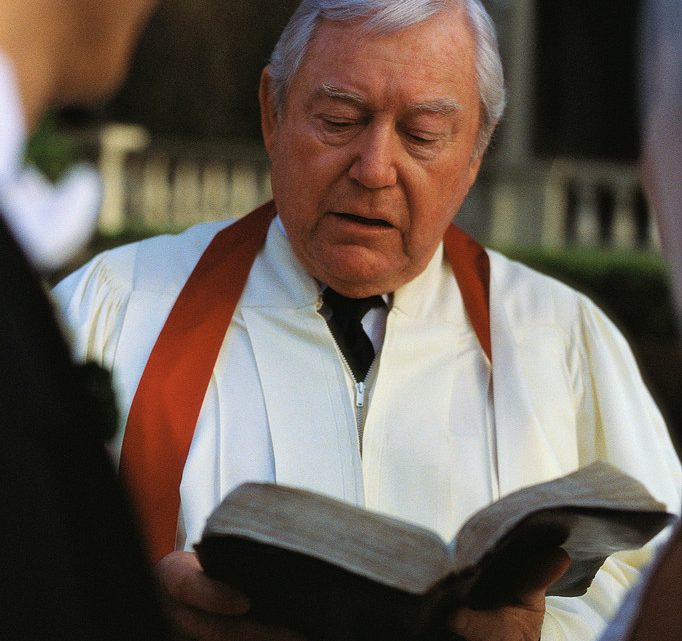 The model for changing values that I shared last time (an adaptation of the Affective Pyramid, for those who care about such things) is valid inasmuch as it describes how we go about the cognitive process of adopting a new belief. There are, however, a couple of problems with the model. First, as I indicated, it describes a purely intellectual approach. That’s why I modified the last two to include behavioral change, not just intellectual activity.
The model for changing values that I shared last time (an adaptation of the Affective Pyramid, for those who care about such things) is valid inasmuch as it describes how we go about the cognitive process of adopting a new belief. There are, however, a couple of problems with the model. First, as I indicated, it describes a purely intellectual approach. That’s why I modified the last two to include behavioral change, not just intellectual activity.
While introducing behavioral change solves one problem, it highlights another. Let’s take another look at the pyramid. This time, I’ll substitute a statement for each category name.
Starting from the bottom:
Receiving — “I hear (you).” I didn’t know about this before, but now I am aware.
Responding — “I’m thinking about it” (which leads to “I agree/disagree”). I don’t just know about it, I’m deciding whether I will value it, too. If the answer is positive, it leads to . . .
Valuing — “I should.” I’ve decided (exercise, or crocheting, or abstaining from alcohol, or whatever) matters. It’s important.”
Organizing — “I do.” Here’s where real change comes in. I’ve moved from mere mental assent to action. So I start exercising, buy crochet hooks and yarn, cease to purchase alcohol–whatever implementing the value in real life means.
Characterizing — “I am.” I cannot do otherwise. It is part of my identity.
The big difficulty is that these steps or stages are not all equal. In fact, there is what I call “the Chasm of Commitment,” the gap between Valuing and Organizing; between “I should,” and “I do.”
If you don’t think this is a leap, a chasm, then I offer this illustration:
Imagine you are at a wedding. The pastor turns to the groom and says, “Do you take this woman to be your lawful wedded wife, in sickness and in health, for better or for worse, as long as you both shall live?” And the groom replies, “I should.”
And that’s where we find the difficulty: moving people across that chasm, from “I should,” to “I do.” There’s one quick and relatively easy way to get people to make the leap across the chasm: Fear.
Do you doubt it? Who can forget the images of people leaping from the twin towers on 9/11/2001? Fear of the flames drove them to leap, even to certain death. The problem is that when “I do” because of fear, the “I am” becomes “I am fearful.” And we often see large numbers in our congregations grabbing on to every rumor or conspiracy theory that stimulates that fear. But fear-filled people do fearful things–to themselves, and to one another.
But as I said, fear is a strong motivator, in the short term. Next time we’ll look at an alternative.
P.S. I apologize for the long absence. A big part of that is because of Eleanor Mavis Grace Healzer, my new granddaughter born 3/14. What a wonderful disruption!








